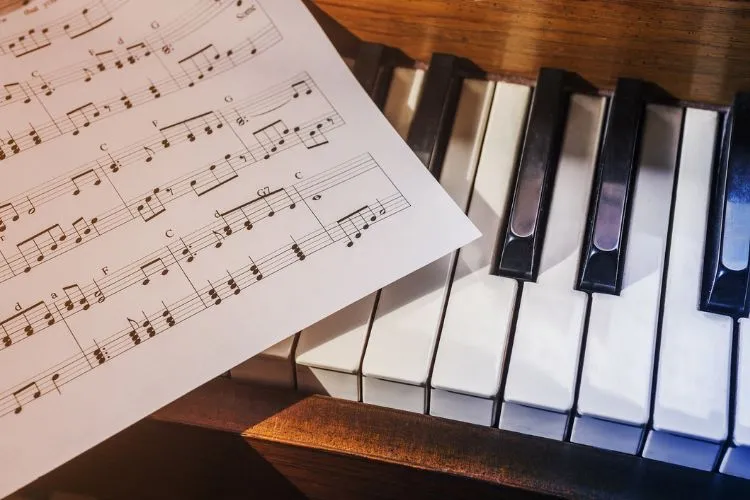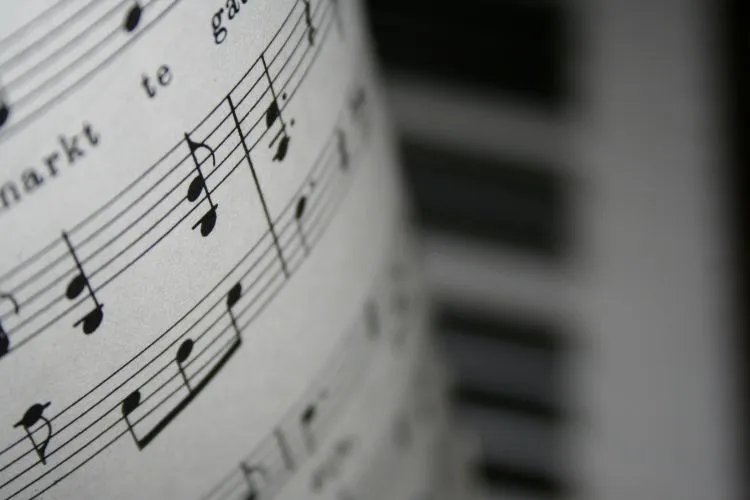In the intricate world of music, dynamics play an essential role in shaping the emotional and structural landscape of a composition.
They help convey the composer’s intent, add depth to the performance, and guide the listener through the musical narrative.
Among the various symbols and notations used to express dynamics, there exists a powerful directive known as “Fz” or “Forzando”. So, what does Fz mean In music?
This article delves into the essence of Forzando, exploring its meaning, application, and significance in the realm of musical dynamics.

Contents
🎶Understanding Musical Dynamics
Musical dynamics are fundamental elements that indicate the loudness or softness of a note, phrase, or section of music. They are the heartbeat of a composition, providing it with contrast and color.
Commonly used dynamic markings include pianissimo (pp), piano (p), mezzo-piano (mp), mezzo-forte (mf), forte (f), and fortissimo (ff), each representing varying levels of volume. These markings are usually written below the staff in a musical score, serving as crucial instructions for performers.
🎶What Does Fz Mean In Music?
Forzando, denoted as “Fz” or sometimes just “fz,” stands out as a unique dynamic marking. Unlike gradual dynamic changes such as crescendos or decrescendos, Forzando calls for an immediate, forceful accent on a single note or chord.

The term originates from Italian, embodying the concept of strength or force. It is often confused with similar terms like “sforzando” (sfz), but while both indicate a forceful accent, Forzando specifically suggests a sudden emphasis, typically without altering the overall dynamic level of the passage.
The Role and Application of Forzando in Music
Forzando plays a pivotal role in musical interpretation, adding a layer of intensity and surprise to a piece. Its use can dramatically alter the mood and emotional impact, providing a jolt of energy that captures the listener’s attention.
Composers employ Forzando to highlight important motifs, create contrast within a thematic context, or add rhythmic interest. The effect of Fz in music ranges from subtle nudges to thunderous declarations, depending on the composer’s intentions and the performer’s interpretation.
Notation and Variation
The notation for Forzando varies slightly in different scores but typically appears as “Fz” or “fz” directly above or below the note to be emphasized. Variations such as “sfz” or “sffz” denote sforzando or sforzatissimo, indicating degrees of forcefulness.
Understanding these subtle differences is crucial for performers, as they significantly impact the delivery and emotional weight of the passage.
Practical Tips for Composers and Performers
Composers should use Forzando judiciously to ensure that each application serves a clear purpose and enhances the overall narrative of the piece.
Meanwhile, performers need to interpret Forzando not just as a mere accent but as a moment of expression that fits within the context of the surrounding music.

Mastery of Forzando requires a balance between precision and expressiveness, demanding a deep understanding of the piece’s emotional landscape and technical demands.
Common Misconceptions and Challenges
A frequent misconception about Forzando is that it simply means “play louder.” However, its true essence lies in creating a moment of emphasis and surprise, which does not always equate to a higher volume.
Musicians often face challenges in executing Forzando effectively, particularly in maintaining the piece’s overall dynamic flow while delivering a convincing accent. Overcoming these challenges requires practice, sensitivity, and an acute awareness of musical context.
🎶frequently asked question (FAQs)
Fz (Forzando) indicates a sudden, forceful emphasis on a single note or chord. Sfz (Sforzando) also denotes a strong accent but is often used more broadly for multiple notes or phrases. Ff (Fortissimo) signifies a sustained loud dynamic level, not necessarily with an accent on individual notes.
While Forzando is commonly associated with classical music, its principles of emphasis and accentuation can apply across various genres. However, its use and interpretation will vary based on the stylistic context and the composer’s or performer’s intentions.
Composers place Forzando markings at points where they wish to draw attention to a particular note or phrase, create contrast, or add rhythmic interest. The decision is often based on the desired emotional or structural impact within the piece.
Common mistakes include overemphasizing the accent to the point of distorting the piece’s overall dynamic balance, misunderstanding the context of the Forzando, or applying the accent too uniformly without considering the nuances of the score.
Practice Forzando by first understanding the context and intention behind the accent. Work on varying your approach to the accent based on the piece’s overall dynamics and emotional content. Recording your practice and seeking feedback from teachers or peers can also be beneficial in refining your technique.
You may also find interesting: How many scales are there in music? | Top 10 Exercises to Improve Piano Technique
Conclusion:
Forzando, with its compelling blend of force and finesse, stands as a testament to the nuanced art of musical dynamics. Its proper application can transform a piece of music, breathing life into notes and phrases that might otherwise go unnoticed.
As we continue to explore and appreciate the rich tapestry of musical expression, let us not overlook the power of Forzando in shaping the emotional and dramatic contours of a composition.
